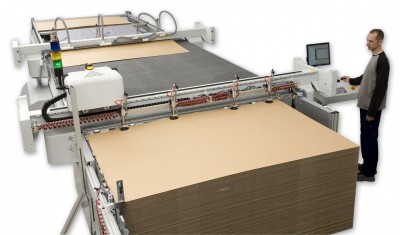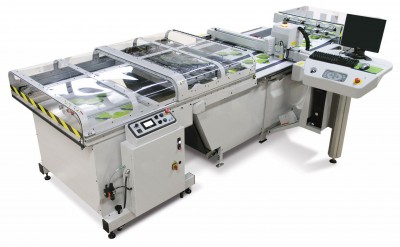By Bill Hartman
The wide-format printing market has changed with the proliferation of digital devices. Buyers have already reacted to the industry’s new capabilities by seeking greater cost efficiencies. Many print runs have become shorter, more files are sent to a raster image processor (RIP), ‘versioning’ (customization) of graphics is becoming more common and there is greater pressure for quick turnarounds.
This pressure is in part because buyers are aware the speed of wide-format inkjet printing itself has increased. Not long ago, the wait time for digital printing caused production backlogs in many shops. Today, however, digital devices have just about caught up with all other production processes. So, for an increasing number of sign shops, production logjams are moving from the printing stage to the ‘front’ and ‘back’—i.e. to preproduction workflow and job finishing (e.g. cutting). This trend will continue to affect many shops in the near future.
There are still tremendous opportunities for productivity to meet and exceed customer demand. To combat delays and even the playing field with other processes, it is vital to co-ordinate the preparation, printing and cutting workflow for wide-format graphics.
If a job is not printed correctly, after all, it cannot be cut correctly. So, cutting instructions for graphics, for example, need to be co-ordinated with registration marks.
A print service provider (PSP) who can ‘design to print to cut’ effectively can produce better work, faster and less expensively.
Finishing tables
With respect to finishing, most print shops do not buy a cutting table unless they are producing large quantities of graphics; instead, they will do the work by hand or enlist the help of a subcontractor. There are good reasons, however, for print providers to automate in-house finishing.
The primary purpose for this change is to increase capacity, so more work can get done, but another reason is to broaden the range of materials and shapes that can be finished effectively. Acrylics, for example, are difficult to work with manually. Contoured shapes using cuts that are not straight lines are also very difficult—and sometimes impossible—to complete by hand.
With a combination of software and hardware tools, print providers can design and create more complexly contoured two-dimensional (2-D) and three-dimensional (3-D) projects for their customers.
Most PSPs look for a cost-effective, multi-purpose machine that can cut, rout, crease and score their graphics. Through-cuts, kiss-cuts and oscillating-cuts have found widespread use. Shops that need to cut and fold thicker boards for point-of-purchase (POP) and event displays are wise to invest in a v-notch knife.
It is very common for shops to print and cut 1.2 x 2.4-m (4 x 8-ft) or 1.5 x 3-m (5 x 10-ft) boards, but their speed varies with the volume of their output. If a company has invested in a middle-of-the-road printer, that may dictate an average finishing table, but a faster printer will call for a faster table. Automated feed and take-up capabilities can further improve the productivity of a machine.







